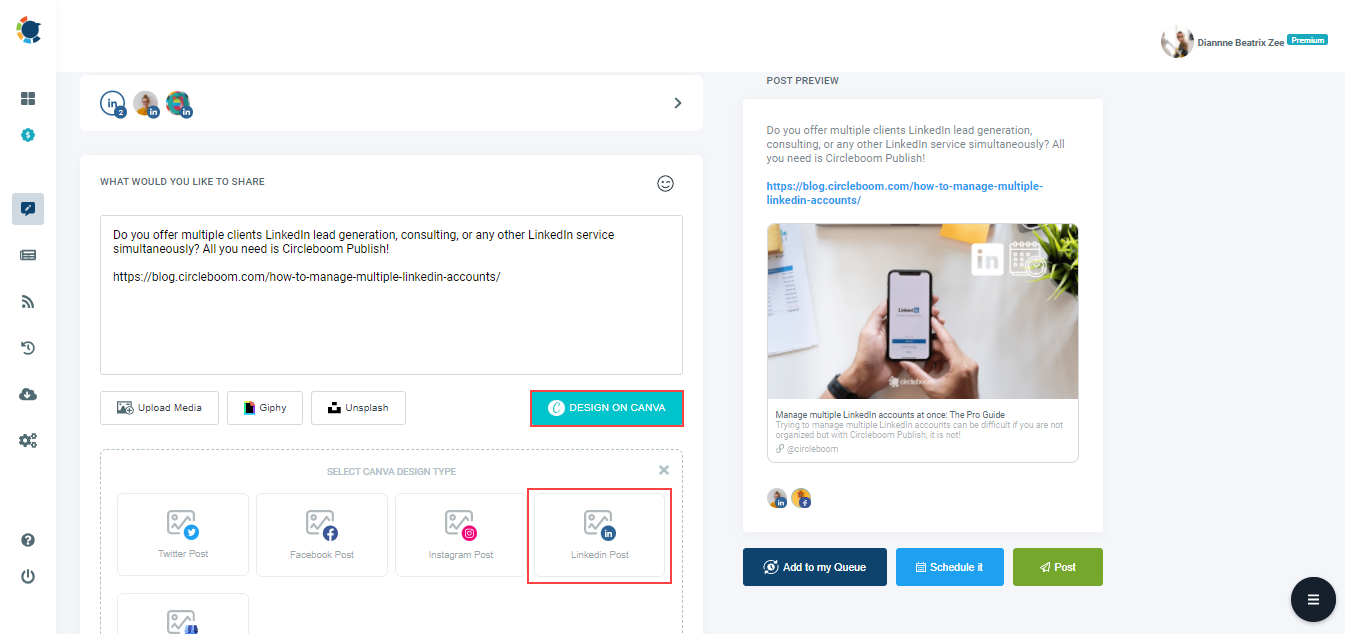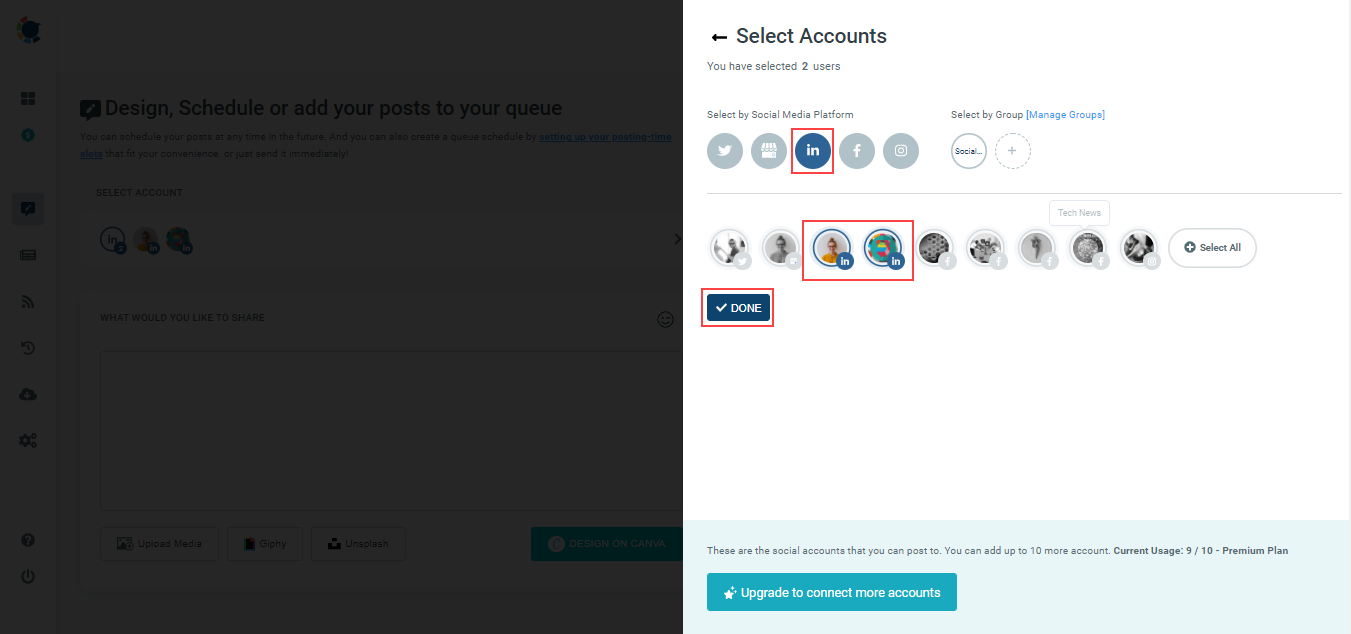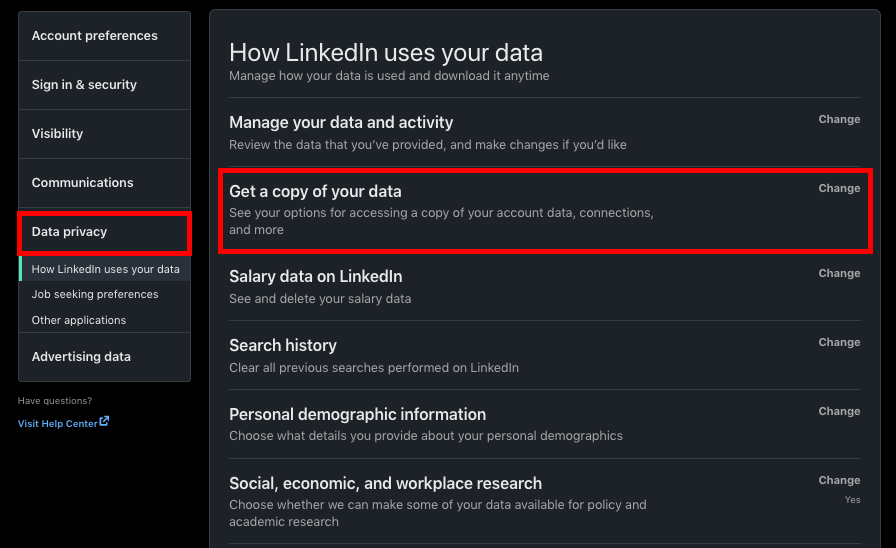In today's digital world, our online presence matters more than ever, especially when it comes to networking platforms like LinkedIn. Many professionals find themselves wondering whether it's possible or even advisable to set up multiple LinkedIn accounts. This question is not just about enhancing your online visibility; it's also about understanding the rules and best practices set by
LinkedIn's Policy on Multiple Accounts

LinkedIn has clear guidelines regarding account creation and usage to maintain a genuine and engaging platform for users. Here’s what you need to know about their policy on multiple accounts:
- One Account Rule: LinkedIn's official policy allows only one personal account per individual. Having multiple personal accounts can lead to account restrictions or even permanent bans.
- Professional Representation: Your single LinkedIn profile is meant to be a true representation of you as a professional. It should encapsulate your work history, skills, and endorsements in one cohesive narrative.
- Business Accounts: While personal accounts are limited to one per person, you can create multiple LinkedIn Pages for various businesses or organizations you are associated with. This is useful if you’re managing more than one brand.
- Profile Customization: You can customize your LinkedIn profile with sections dedicated to different aspects of your career without needing to set up a new account.
- Duplicate Accounts Consequences: If LinkedIn detects multiple accounts belonging to the same individual, they may merge the accounts or deactivate one altogether—leading to the loss of connections and endorsements.
In essence, the best approach is to maintain a single, well-crafted LinkedIn profile to showcase your professional identity effectively. This not only adheres to LinkedIn’s guidelines but also strengthens your personal brand in the digital landscape.
Reasons for Having Multiple LinkedIn Accounts

When it comes to LinkedIn, the idea of juggling multiple accounts might sound a bit unusual. However, there are several legitimate reasons why someone might choose to create more than one LinkedIn profile. Here are some common reasons:
- Professional vs. Personal Branding: Sometimes, individuals prefer to separate their personal brand from their professional identity. For instance, a freelance graphic designer might maintain one account for showcasing their creative work and another for their employment history and professional networking.
- Industry Specialization: If you work in different industries or sectors, having separate accounts allows you to tailor your profile to meet the unique expectations and standards of each sector. You can create content and connect with relevant professionals without overwhelming your primary account.
- Job Searching: When job hunting, some people opt to create a dedicated account for this purpose. By keeping their primary professional connections separate, they can engage with recruiters and companies without revealing their current employer until a job offer is secured.
- Managing Different Roles: If you're balancing multiple roles, such as a consultant and a part-time educator, having distinct accounts can help in showcasing your skills and experiences relevant to each role, making it easier for your audience to find the information they need.
While separate accounts can offer countless advantages, it's vital to consider the potential downsides, such as increased management responsibilities and the risk of violating LinkedIn's user policies. So, tread carefully!
Best Practices for Managing Multiple Accounts

If you've determined that having multiple LinkedIn accounts is the right move for you, managing them effectively is essential. Here are some best practices to ensure you stay organized and compliant:
- Keep Profiles Distinct: Clearly differentiate your profiles by utilizing different profile pictures, headlines, and summaries. This prevents confusion for anyone browsing your accounts.
- Update Regularly: Treat both accounts as living documents. Update them regularly with new skills, experiences, and content to keep your network informed and engaged.
- Monitor Engagement: Use analytics on both accounts to track engagement. Observe which posts resonate most and adjust your content strategy accordingly.
- Network Wisely: Be thoughtful about who you connect with on each account. Tailor your connections to align with each account's purpose, enhancing relevance and engagement.
- Time Management: Allocate specific times in your schedule to check and update each account. This will help you stay organized and ensure that neither account is neglected.
- Be Aware of LinkedIn Policies: Familiarize yourself with LinkedIn's user agreement and community standards. Having multiple accounts can risk suspension or deactivation if it’s against their policies.
Managing multiple LinkedIn accounts can be a great strategy for enhancing your professional presence, as long as you stay smart and organized!
5. Consequences of Violating LinkedIn Policies

Having multiple LinkedIn accounts might seem like a clever workaround to expand your professional network or separate your personal and professional identities, but it can lead to some serious repercussions. LinkedIn has a strict policy against users maintaining more than one personal account. Here’s what could happen if you decide to go down that path:
- Account Suspension: LinkedIn employs various algorithms and manual reviews to identify duplicate accounts. If you are flagged, you risk having both accounts suspended or even permanently deleted.
- Loss of Connections: Imagine building a network and then losing it all! If LinkedIn detects multiple accounts, the connections you've cultivated may vanish. Not only is this disheartening, but it also disrupts your professional relationships.
- Reputational Damage: Maintaining multiple profiles can raise eyebrows among industry professionals and employers. You could potentially be viewed as untrustworthy or unprofessional, which may hinder job opportunities.
- Inability to Recover Accounts: If both accounts are flagged, recovery options may be limited. LinkedIn's customer service is well-known for being slow and sometimes unresponsive, making it difficult to regain access.
In summary, while it might be tempting to have a secondary account, the risks and consequences far outweigh any perceived benefits. It's best to stick to a single, well-curated profile to ensure your professional presence remains intact.
6. Conclusion
So, can you have multiple LinkedIn accounts? The short answer is no. While it may seem like an appealing option to diversify your online persona, LinkedIn’s policies are clear, and the consequences of violating them can be quite severe.
Maintaining a single profile not only ensures compliance with LinkedIn’s rules but also fosters a more cohesive and authentic professional identity. Here are a few reasons to stick to one account:
- Streamlined Networking: A single account allows you to consolidate all your connections in one place, making it easier to engage and grow your professional relationships.
- Clearer Personal Brand: Your brand is shaped by the consistency of your online presence. One account helps present a unified image to potential employers and professional contacts.
- Enhanced Credibility: Having just one profile can enhance your credibility. It shows that you’re serious and committed to your professional journey.
In the end, focus on maximizing the potential of your one LinkedIn account. By actively engaging with your network, sharing valuable content, and showcasing your skills, you can create a powerful professional presence without risking the consequences of policy violations.










